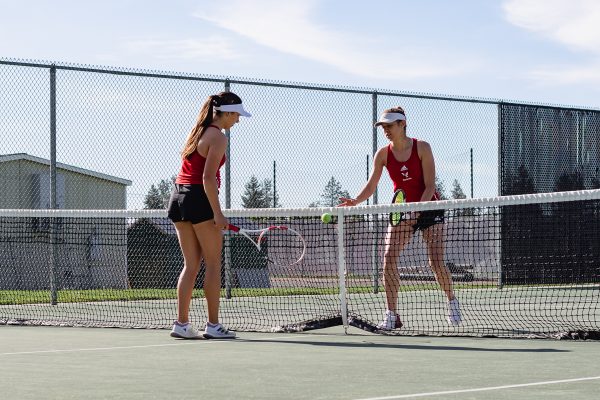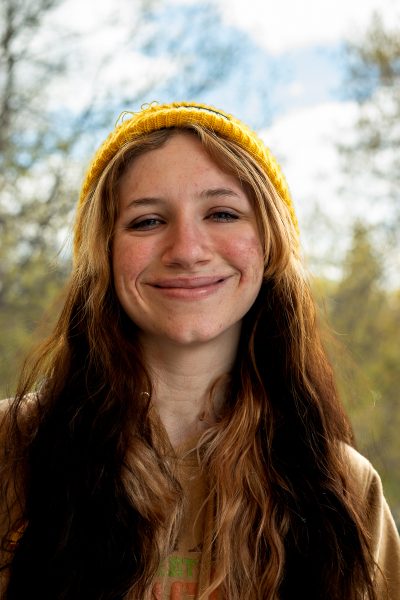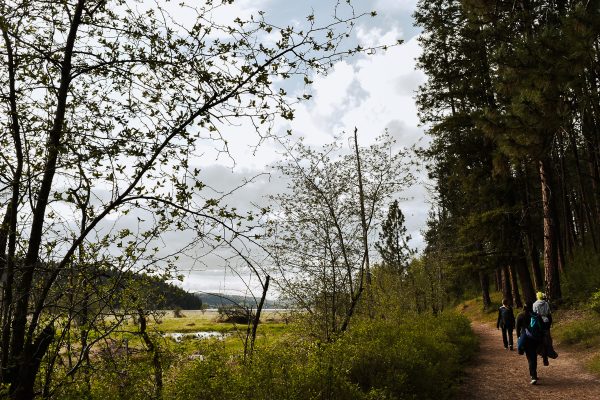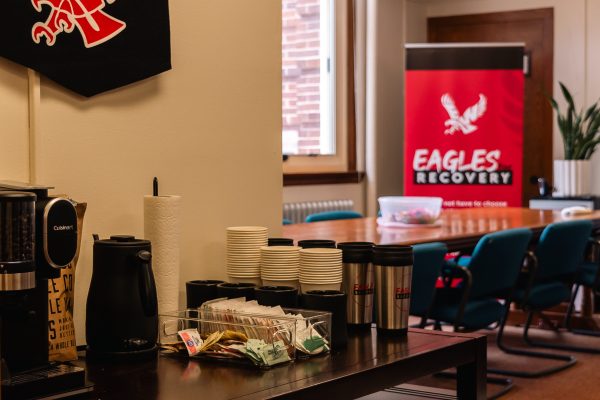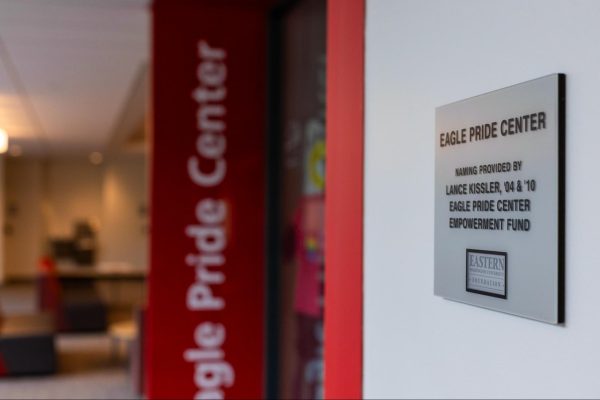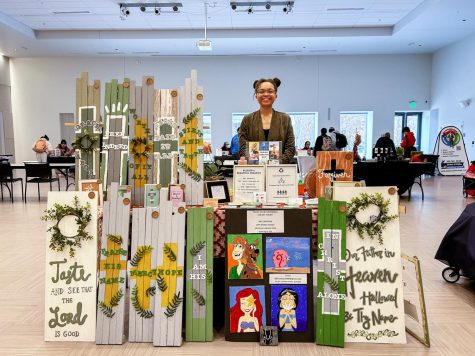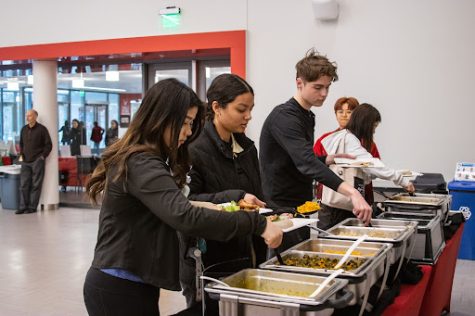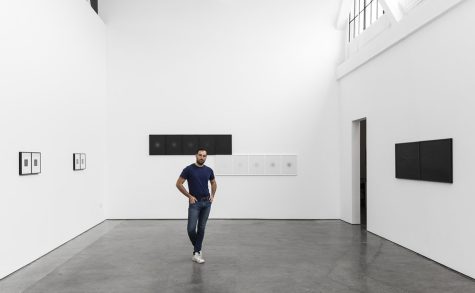EWU in the ’20s, not roaring
June 6, 2013

The Key Society in 1929 featured 21 members. The young women in the photo are wearing skirts that are to their knees.
Archives offer a glimpse into the history of campus fashion
Students seeing “The Great Gatsby” may be enchanted by Gatsby’s extravagant parties; they may also be wondering if Eastern was like that in the ‘20s.
The New Morality
The 1920s caused a new morality, according to Central Valley High School U.S. history teacher and former Eagle Kieran Mahoney.
During the First World War, from 1914 to 1918, while men were away at war, women were working in factories supporting the war effort, unlike previous eras.
Young women liked the new economic freedom World War I brought them and wanted to continue that into the ‘20s. These ladies were known as flappers. They were young, single, independent and educated women.
Flappers wore bright red lipstick, had short bobbed hair, wore dresses to the knee or above, showed skin at the neckline, had a slender frame with a chest flat as a board, drank and smoked, according to fashion-era.com.
“Flappers used fashion as a vehicle to establish their place in society and rebel,” said Mahoney.
In 1920, the 18th Amendment went into effect, prohibiting alcohol.
Flappers, along with other young people, ignored the law and would go behind closed doors in speakeasies, undercover clubs, to drink alcohol, according to Mahoney.
Eastern Life
That was far from what happened at Eastern in the ‘20s, according to Charles Mutschler, university archivist and Eagle alumnus.
Eastern started out as Benjamin P. Cheney Academy from 1882 to 1890, according to Mutschler. This academy primarily trained women to become public school teachers. Some men attended too, but before World War II, two thirds of the student population were women.
In 1890, Eastern became the Cheney State Normal School. It was a two-year curriculum where women would get a teaching credential that allowed them to teach up to eighth grade, according to Mutschler.
If women wanted a bachelor’s degree, they would have to go somewhere else. In 1933, Washington Governor Clarence Martin signed a bill to allow normal schools to offer a four-year bachelor of arts in education.
It became Eastern Washington College of Education from 1937 to 1961. In 1947, other baccalaureate degrees were offered such as english, history and math. From 1961 to 1977, it became Eastern Washington State College and since 1977, it has been Eastern Washington University.
Because Eastern has a long history of teaching educators, they were expected to act a certain way, according to Mutschler.
“Women were supposed to be exemplary role models for students,” said Mutschler. “They were not expected to go to any events the least bit scandalous or do anything that hinted at sexuality.”
Flappers, according to Mutschler, were unlikely to have been found at Eastern.
“Flappers were probably willing to go to speakeasies where elicit alcohol was offered,” said Mutschler.
“It was not acceptable to any school board.”
He said smoking and swearing were not happening either as it was considered inappropriate.
Eagle Style
In the 1903 Eastern student-run annual called Green and White, which was like a literary magazine, women wore high collared long-sleeved shirts and long skirts. No skin was shown. Hair was thrown up in a poufy bun. Some women wore big bows on the top of their hair.
The men wore a three piece suit with a collared shirt and tie. That remained most of the fashion throughout the ‘20s for men except towards the end they might wear a sweater instead of a suit jacket.
In the 1925 annual, now called the Kinnikinick, which became the yearbook in 1923, hems of skirts were mid-calf length. The sleeves rose to elbow length or a little higher and the collars on shirts became lower. By 1929, the skirts were to the knee or above.
Most of the colors worn by women were solid and very few patterns were seen.
There was no explicit flapper fashion in the pages of the annuals except women wearing short bobbed coiffed hair starting in 1923 and pearl necklaces.
“Because of all the rules, a more tightly regulated dress code wouldn’t be shocking to women,” said Mutschler.




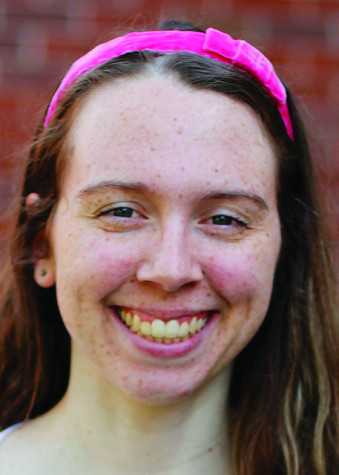


![Simmons said the biggest reasons for her success this year were “God, hard work, and trusting [her] coach and what she has planned.”](https://theeasterner.org/wp-content/uploads/2024/05/image1-1-1200x800.jpg)

